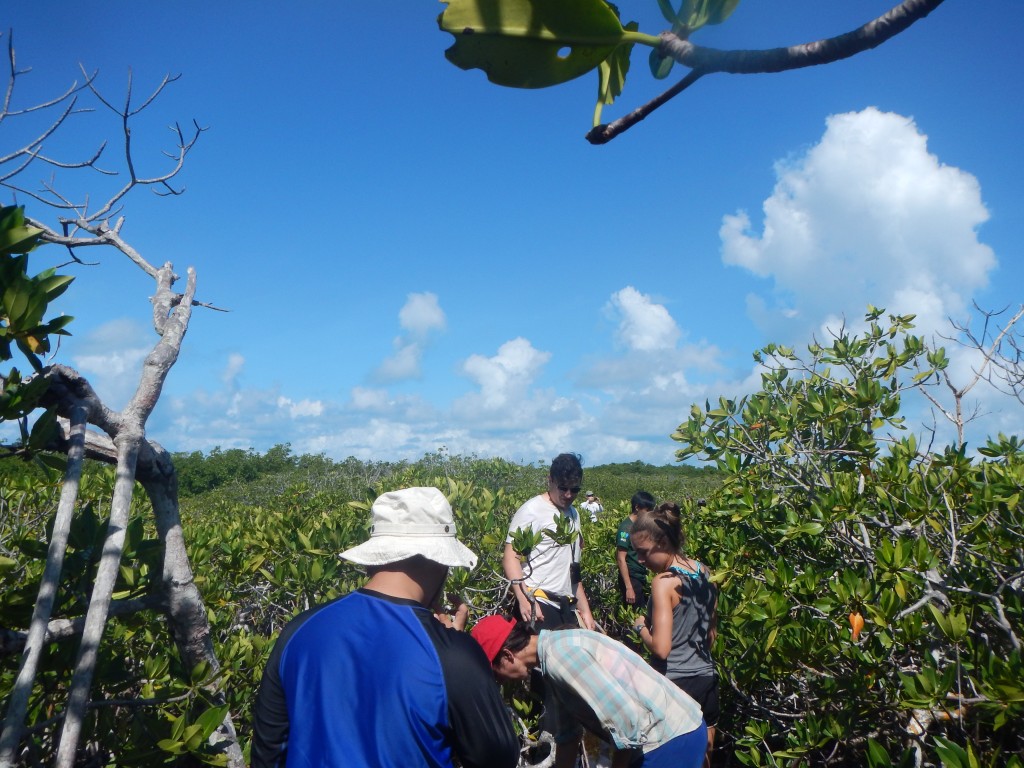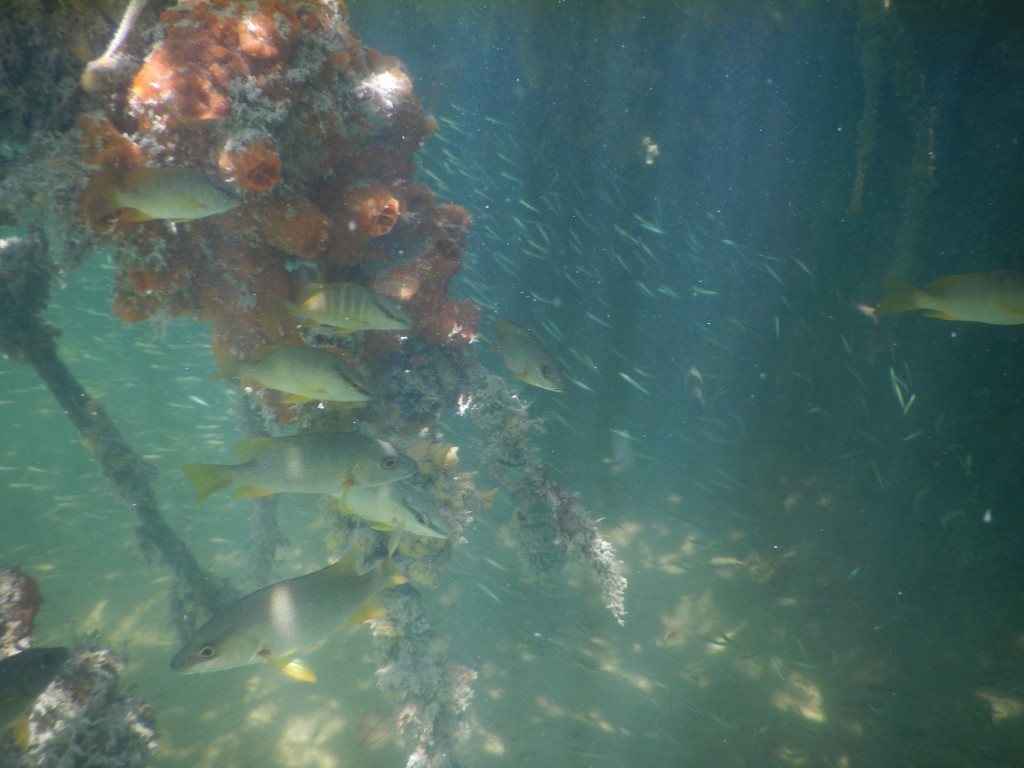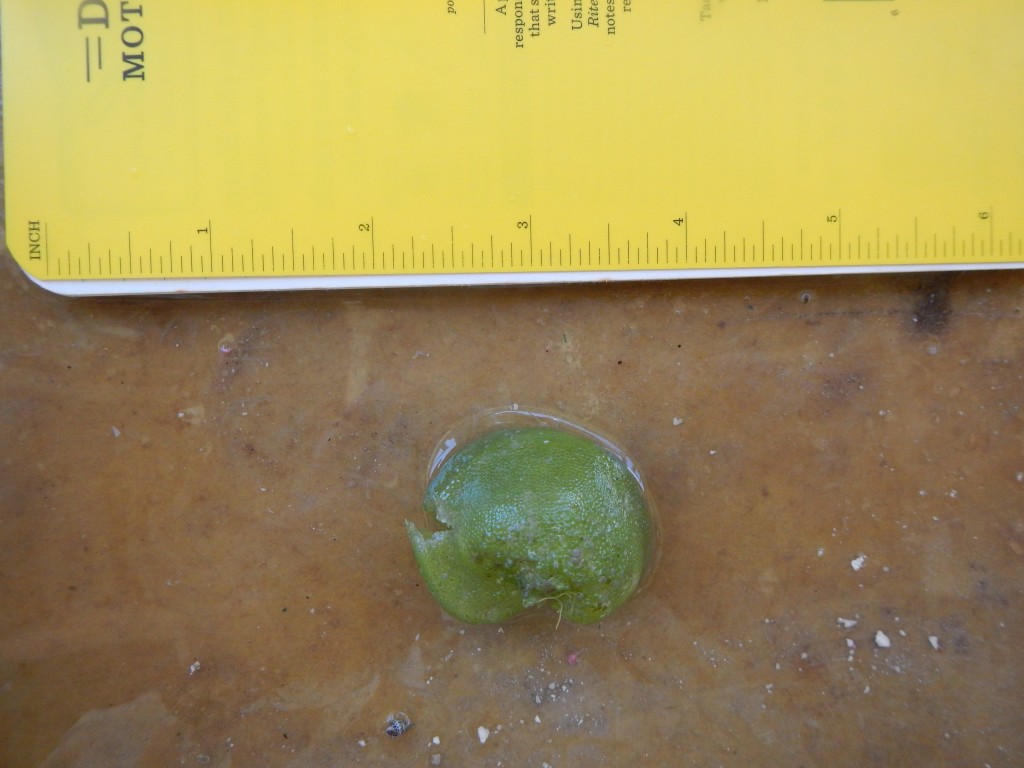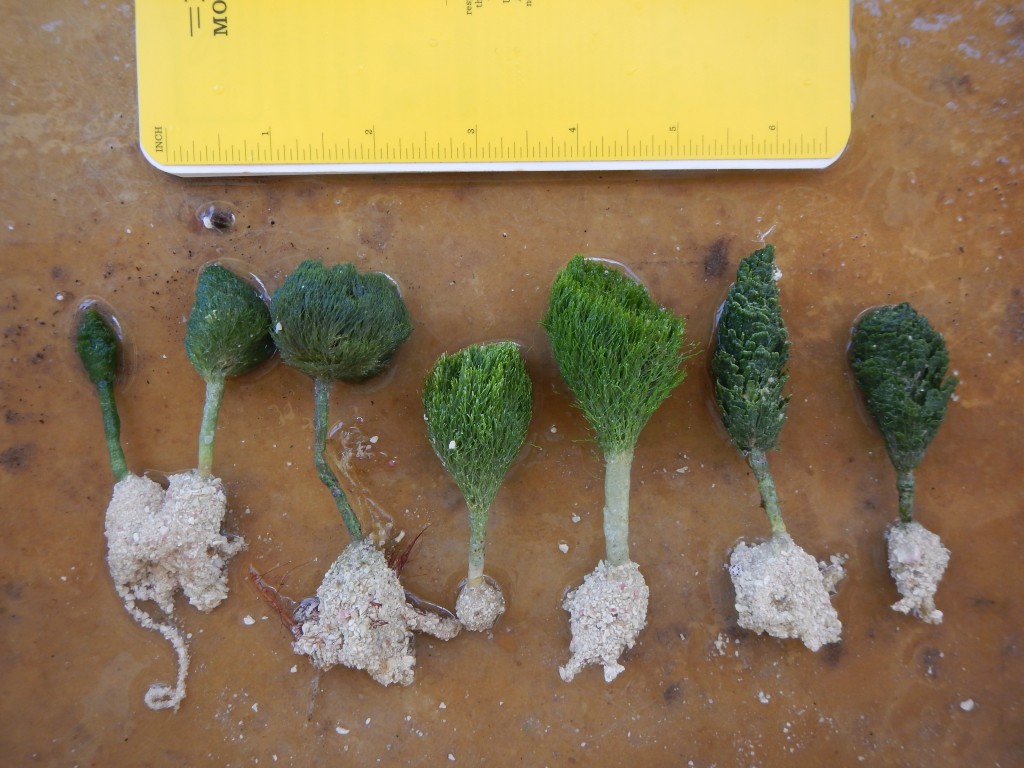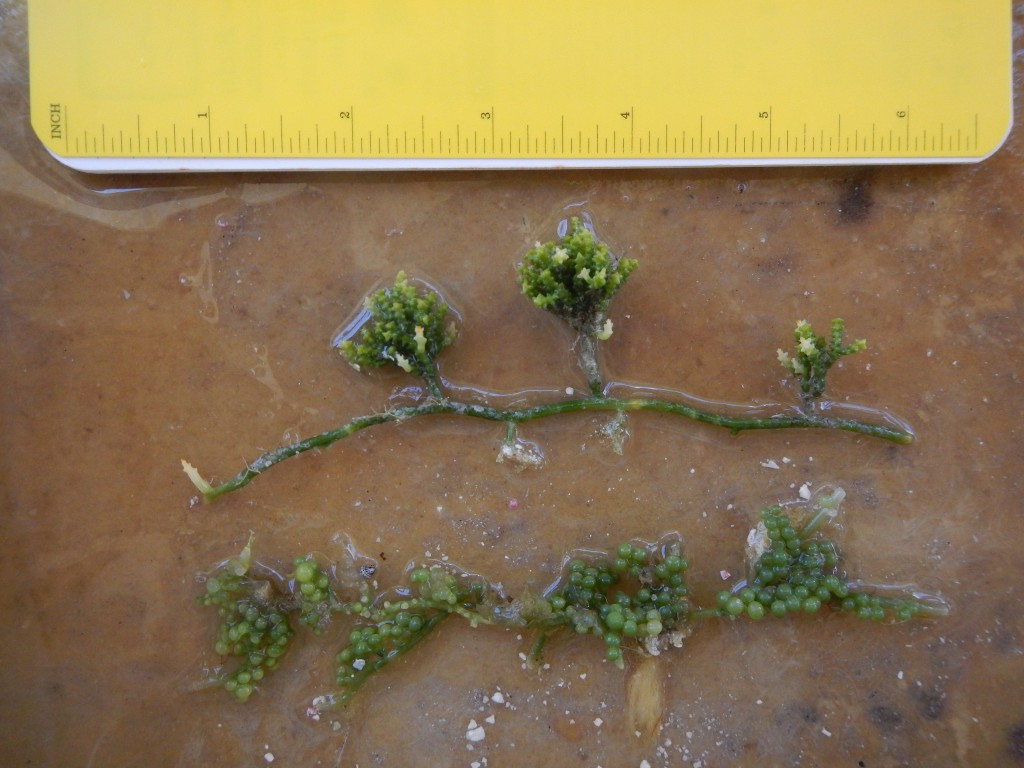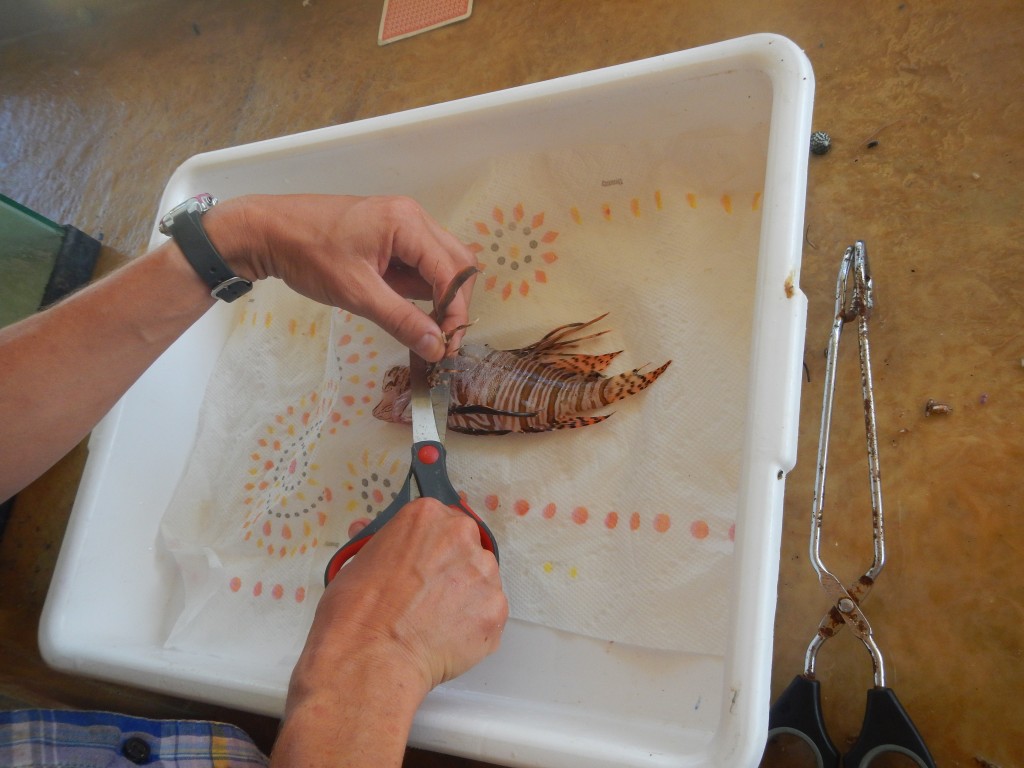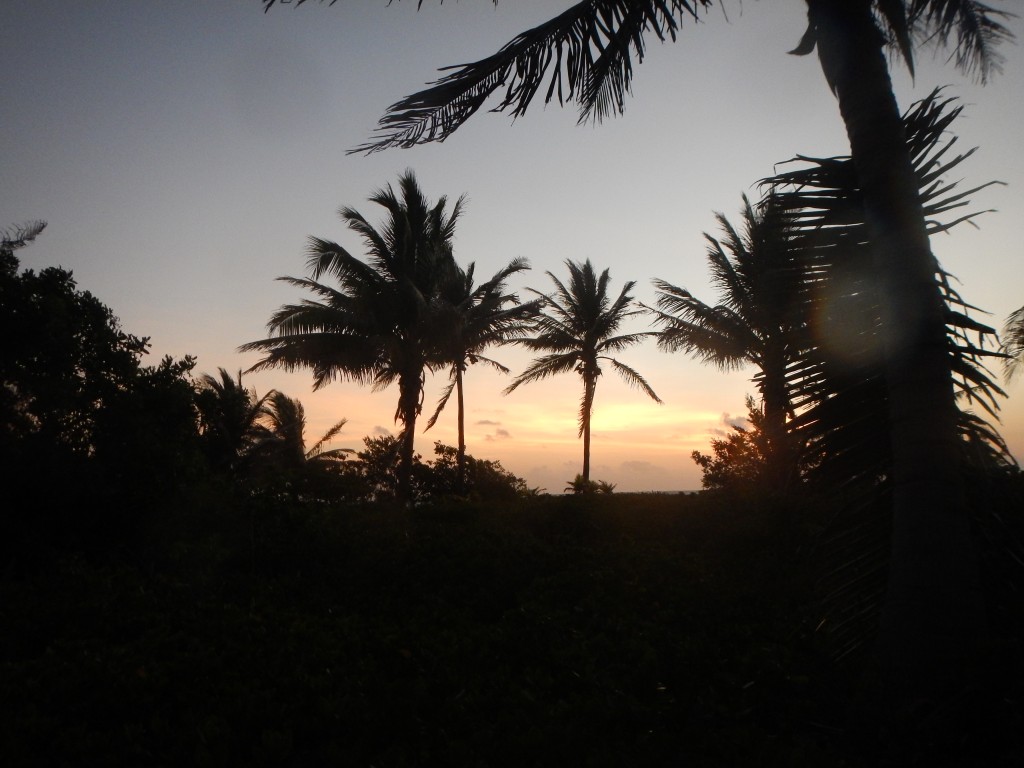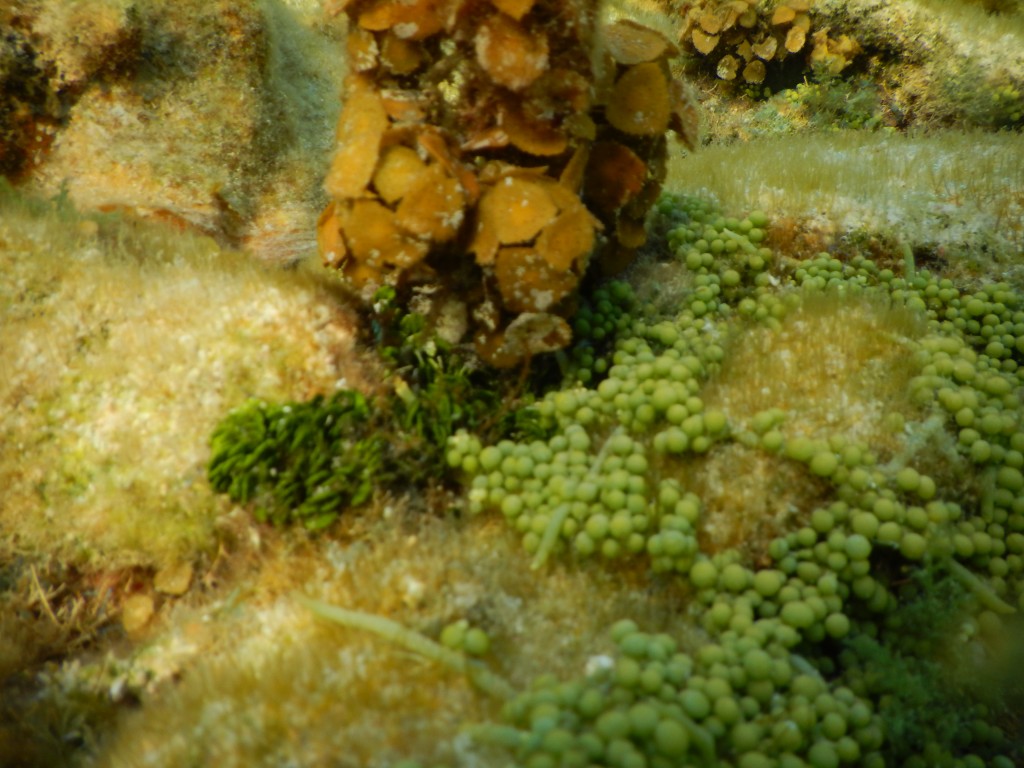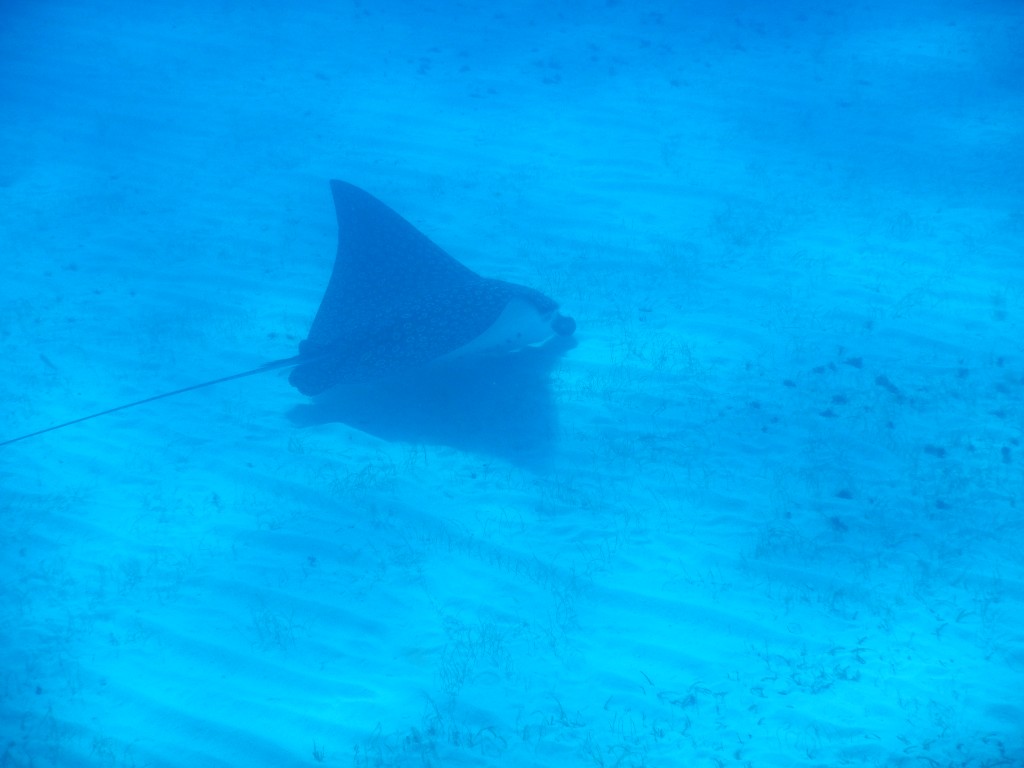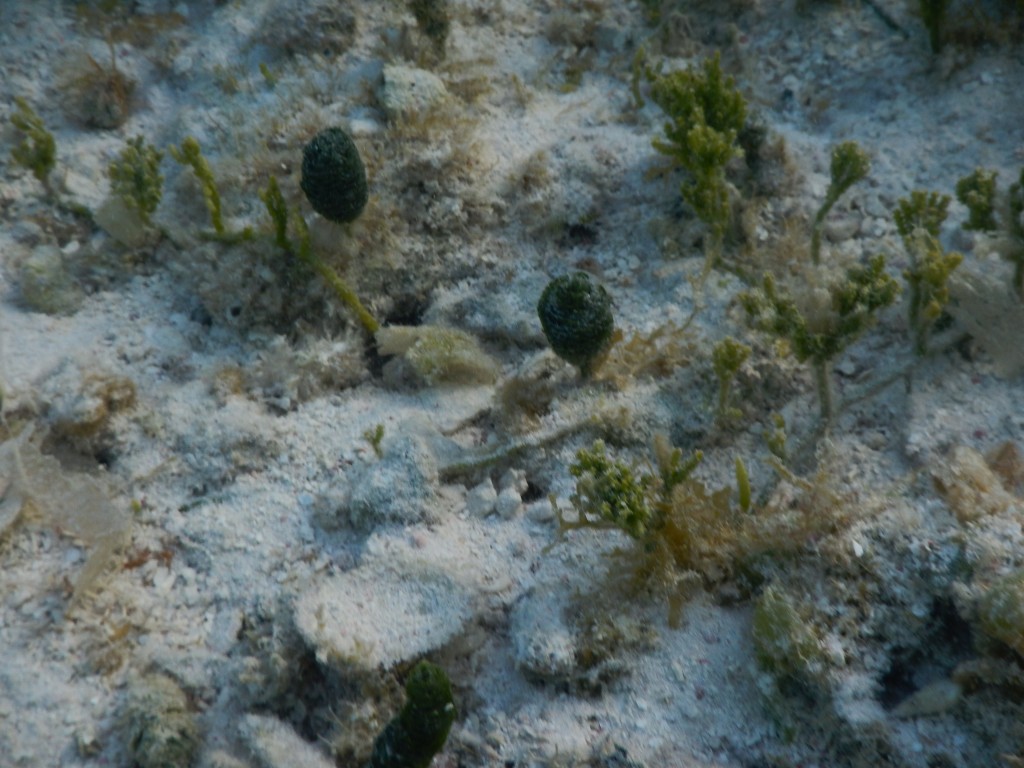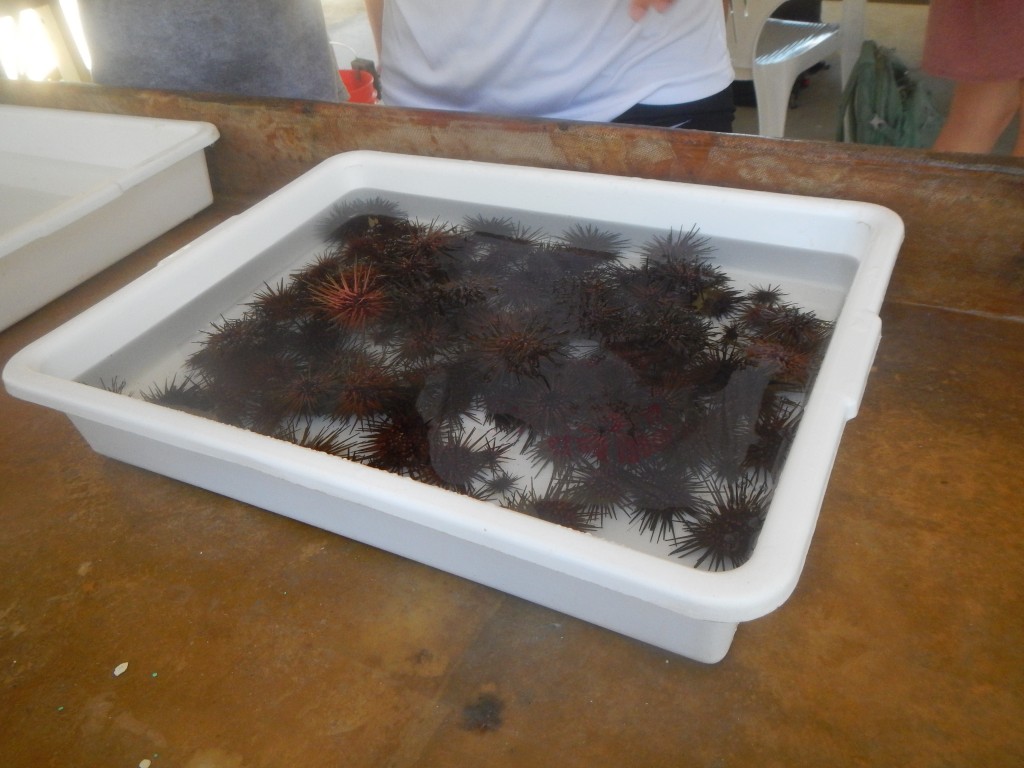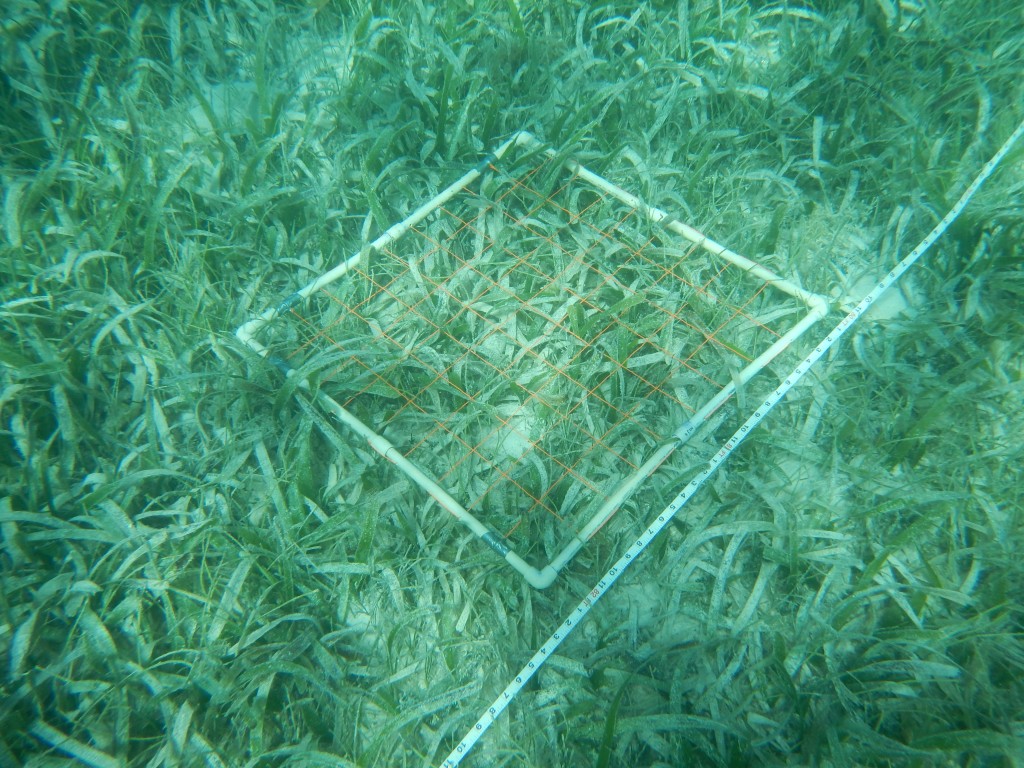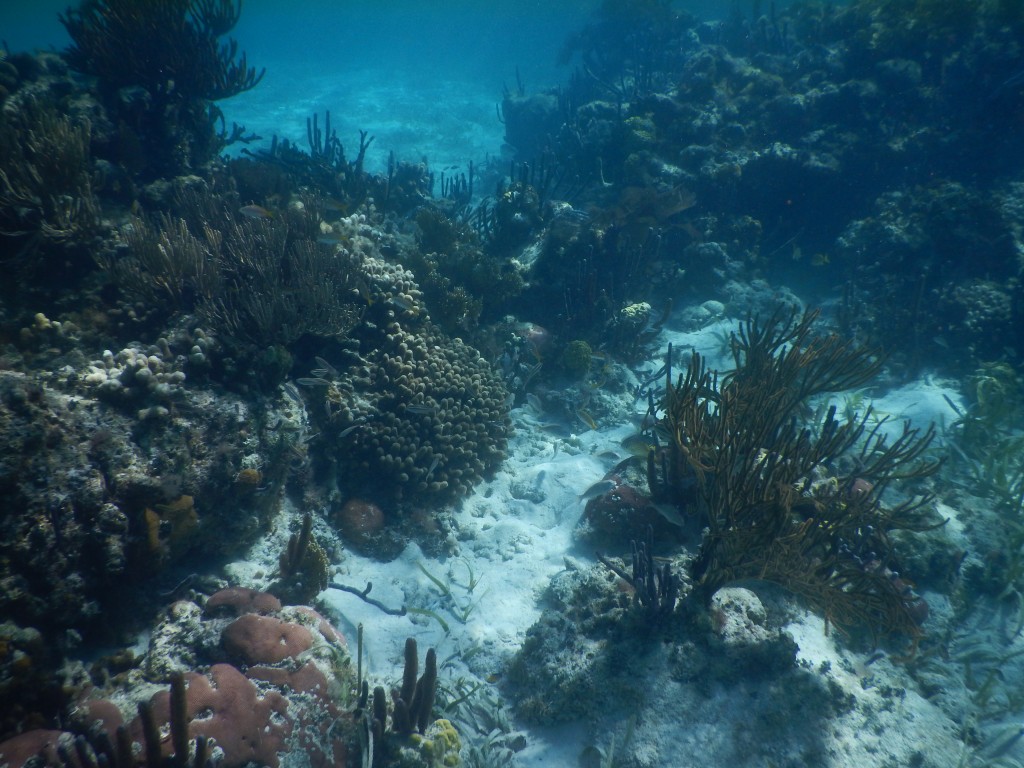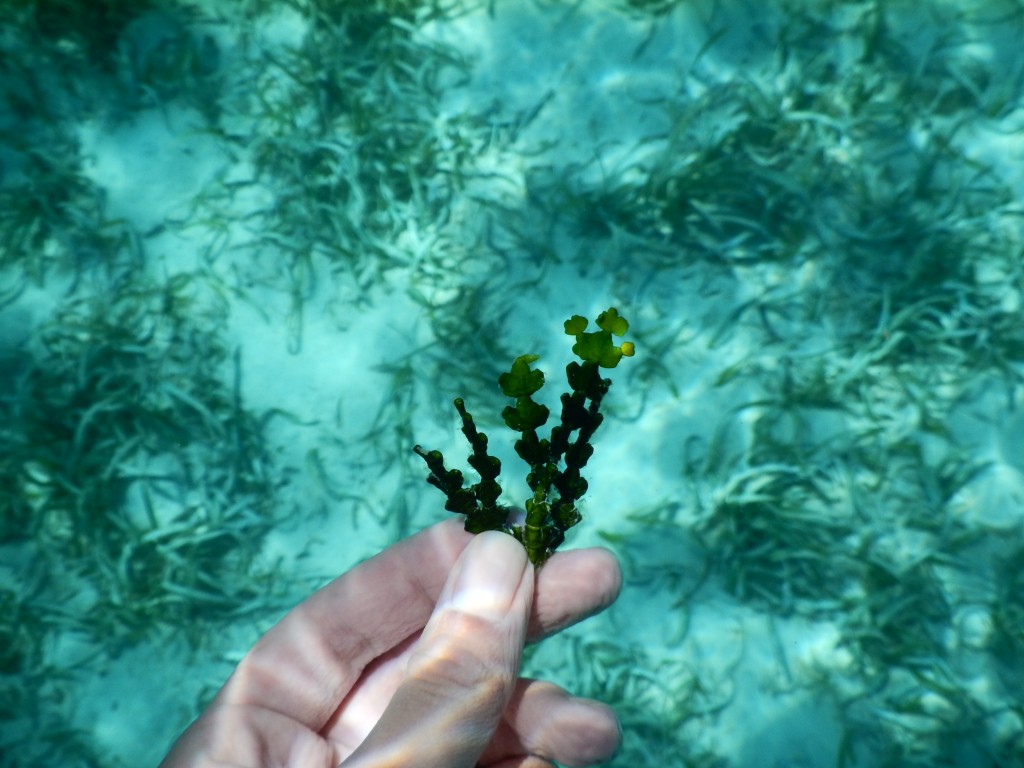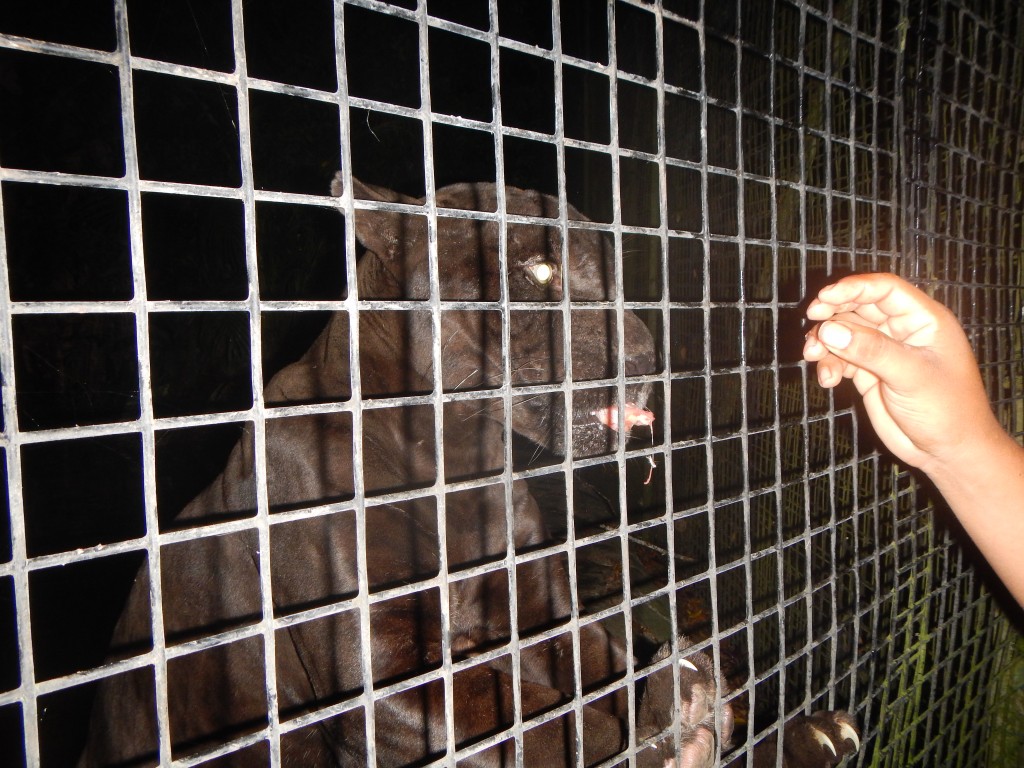
My first day back was filled with even more travel from Houston to Washington DC. It was crazy to be around so many vehicles and people. Going through the airport seemed way more chaotic than usual, even though it probably wasn’t. Overall, I’m so glad that I got the opportunity to go to Belize with this class. The entire trip was a great experience from the places that we visited to our activities to the people that I got to meet.
Visiting the rainforest and coral reef was different than anything else I have ever done. While I have been in forests and on reefs before, the ecosystems that we visited had a much higher abundance and diversity of species. The ecosystems both have a high amount of 3D topography, which allows for the high diversity. In the rainforest, trees provide structure with their branches, trunks, and roots whereas in the reefs the corals grow to create structure from the sea floor to the surface. The structure creates room for species to fulfill different niches.
Comparing the two ecosystems, trees and corals provide many similar functions. Both have epiphytes and borers that live in their branches. The birds that live in trees are like the fish that live among the coral. I also noticed that turf algae was similar to the undergrowth in the forest that takes advantage of every bit of light and nutrients that it can. Another similarity that I noticed was the striking difference between the diurnal and nocturnal diversity of both ecosystems. When we went out at night, the regions had very different species compositions than during the day. This is another example of the different niches that are available.
One of the differences between the forest and the reef was that the forest seemed to discourage the spread of species because it is rather hard to traverse, whereas marine species are not prevented from migrating by the corals. It seems likely that species are better able to disperse on a reef than in the forest.
Looking back, this course exceeded my expectations in so many ways. I never expected to make so many friends or to have quite as much fun on the trip as I did. Every day was challenging but so rewarding. I don’t think that I have ever appreciated food as much as I did during our stay at Las Cuevas, where every meal was incredible even though the ingredients were so limited. I never could have imagined how beautiful Middle Caye would be. Bearing the sand flies and giant land crabs was more than worth the incredible views and people. This course fed a desire in me to travel and experience other places and biomes that I never knew I had. While it was definitely a form of biology bootcamp, it only strengthened my certainty that I want to do research in ecology.
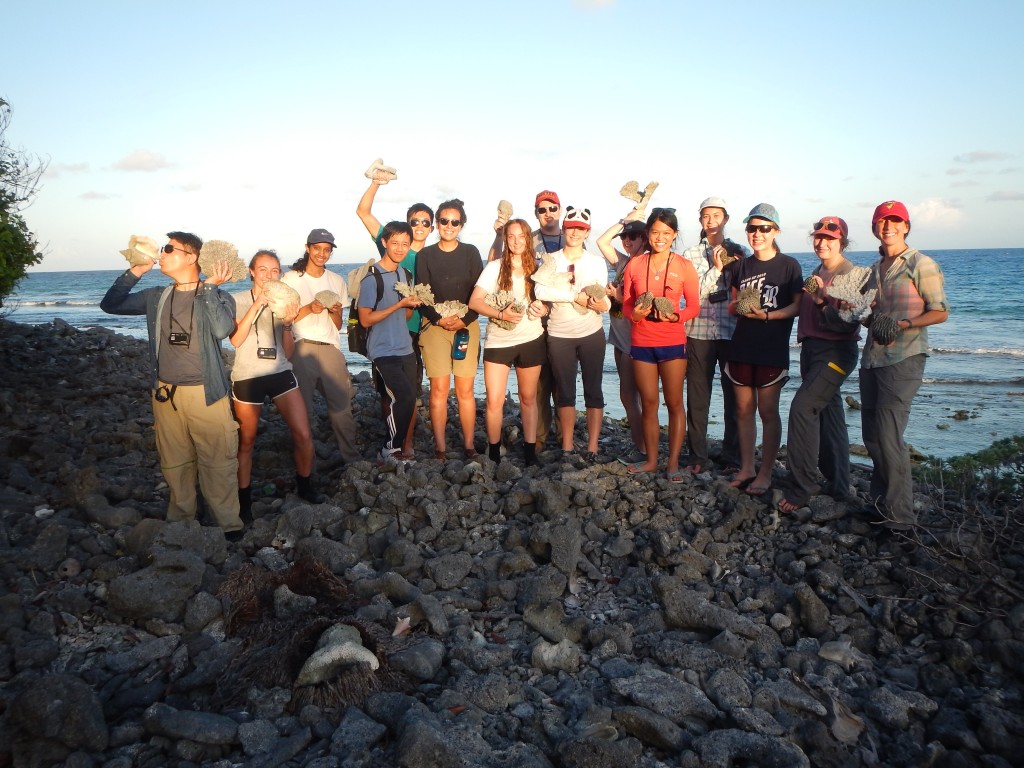
Probably my least favorite part of the course was our transportation troubles. While hiking in the heat was manageable, sitting in hot buses or waiting for them made the heat feel ten times worse. I think that my favorite part had to be seeing and hearing the macaws in the Chiquibul. The birds are so charismatic and so smart, and I felt honored to be able to see them in the wild.
I learned so much from this course, so it’s difficult to pick out what was most important or surprising. Learning about tapirs’ genitalia is something surprising that I will remember for a very long time, but it probably won’t be important to my future studies. Experiencing the mangroves impressed upon me the importance of conserving habitats because of how they influence other areas. Probably the biggest thing that I am taking away from this course is the realization of how hard conservation is. There are so many factors that go into protecting biodiversity and so many sides to consider that make it impossible to please everyone. I admire the people who we met who have made conservation their focus despite the challenges that come with it.

